Importance of a Well-Maintained Plumbing System
A well-maintained plumbing system is essential for every home. It ensures that water flows smoothly through your pipes, provides clean water for drinking, cooking, and cleaning, and safely disposes of wastewater. Without proper maintenance, plumbing issues can lead to costly repairs, water damage, and even health risks due to leaks, mold, or contaminated water. Whether it’s a small drip from a faucet or a major pipe burst, keeping your plumbing in good condition is key to avoiding these problems and ensuring your home remains safe and comfortable.
Purpose of the Post
The purpose of this post is to explore the key aspects of home plumbing that every homeowner should know. From understanding the basic components of your plumbing system to learning how to deal with common issues, this guide will provide you with essential information to help you take better care of your home’s plumbing. We will discuss the importance of regular maintenance, tips for preventing common problems, and when it’s necessary to call a professional plumber. By the end of this post, you will have a clearer understanding of how to keep your plumbing system in top shape, ensuring that it functions efficiently and effectively for years to come.
This knowledge is not only useful for those who want to avoid the hassle of plumbing emergencies but also for anyone looking to improve the longevity and performance of their home’s plumbing. Taking proactive steps can save you time, money, and stress, making your home a safer and more comfortable place to live.
Understanding the Basics of Home Plumbing
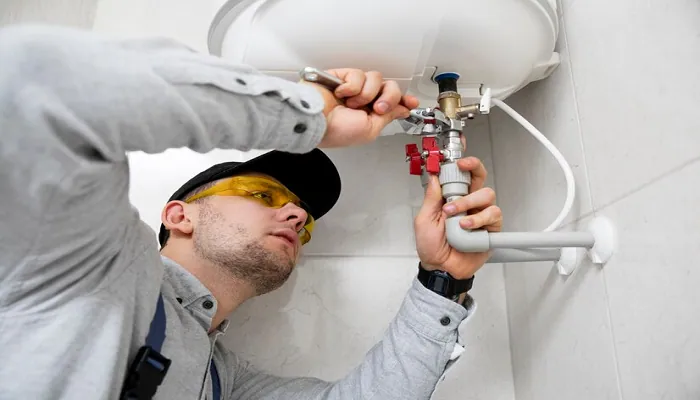
How Home Plumbing Systems Work
Home plumbing systems are vital for delivering clean water to your home and carrying wastewater away. The system operates in two main parts: the water supply system and the drainage system. The water supply system brings fresh water into your home through pipes, usually under pressure, which allows it to flow to your sinks, showers, toilets, and appliances like washing machines. On the other hand, the drainage system removes wastewater from your home. Unlike the water supply system, it relies on gravity to carry water and waste down through pipes and out to the sewer or septic tank.
Main Components: Pipes, Fixtures, and Drains
- Pipes: Pipes are the backbone of your plumbing system. They carry water to and from different parts of your home. The water supply pipes are usually made of copper, PEX, or PVC, while the drainage pipes are often made of larger PVC or cast iron. Proper installation and maintenance of pipes are crucial to prevent leaks, clogs, and water damage.
- Fixtures: Plumbing fixtures are the devices that use water in your home, such as sinks, toilets, showers, and faucets. These fixtures are connected to both the water supply and the drainage system. They are the most visible part of your plumbing system and are used daily. It’s important to keep them in good condition to ensure they work efficiently and to prevent leaks or other issues.
- Drains: Drains are responsible for carrying wastewater away from your fixtures and out of your home. They are connected to the drainage pipes and must be kept clear to avoid clogs and backups. Each drain has a trap (a U-shaped pipe) that holds water and prevents sewer gases from entering your home.
Understanding these basic components and how they work together helps you better manage and maintain your plumbing system, ensuring it runs smoothly and efficiently.
Common Plumbing Problems
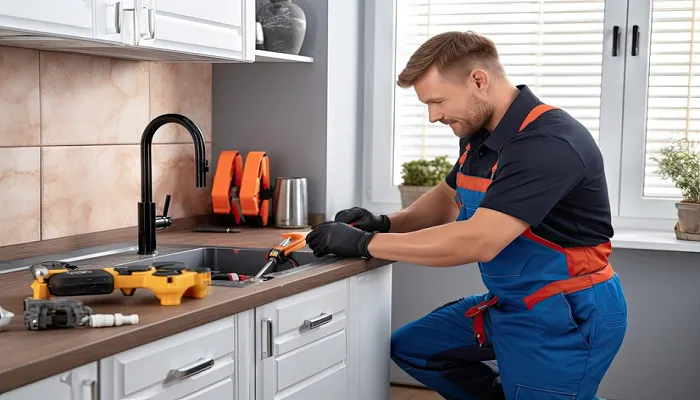
Frequent Plumbing Issues
Every homeowner is likely to encounter some common plumbing problems at some point. These issues can range from minor inconveniences to more serious problems that require immediate attention. Understanding the most frequent plumbing issues can help you identify them early and take the necessary steps to fix them.
- Leaks: Leaks are one of the most common plumbing problems. They can occur in pipes, faucets, or other fixtures. Even a small leak can lead to significant water waste and potential damage to your home if not addressed promptly. Leaks are often caused by worn-out seals, corrosion, or excessive water pressure. It's important to regularly check for signs of leaks, such as water stains on walls or ceilings, and address them quickly.
- Clogs: Clogged drains and toilets are another frequent issue. Clogs can occur when debris, such as hair, grease, or food particles, accumulate in the pipes. This can lead to slow drainage or complete blockages. Regularly cleaning drains and being mindful of what goes down them can help prevent clogs. If you do encounter a clog, you can often clear it with a plunger or a drain snake. However, for more stubborn clogs, professional help may be needed.
- Low Water Pressure: Low water pressure can make daily tasks like showering or washing dishes frustrating. This issue can be caused by a variety of factors, including pipe corrosion, leaks, or buildup of sediment in the pipes. Checking for leaks and cleaning showerheads and faucets can sometimes resolve low water pressure. If the problem persists, it may be necessary to have a plumber inspect your pipes.
Tips for Identifying and Addressing Plumbing Problems
- Regular Inspections: Regularly check for signs of leaks, clogs, and other issues. Look for water stains, damp spots, and unusual noises in your pipes.
- Immediate Action: Address plumbing issues as soon as you notice them to prevent further damage. A small leak or clog can quickly become a major problem if ignored.
- Proper Maintenance: Keep your plumbing system in good condition by performing regular maintenance, such as cleaning drains and checking for leaks. This can help you avoid many common plumbing problems.
By understanding these common issues and how to address them, you can keep your plumbing system running smoothly and avoid costly repairs.
Preventive Plumbing Maintenance
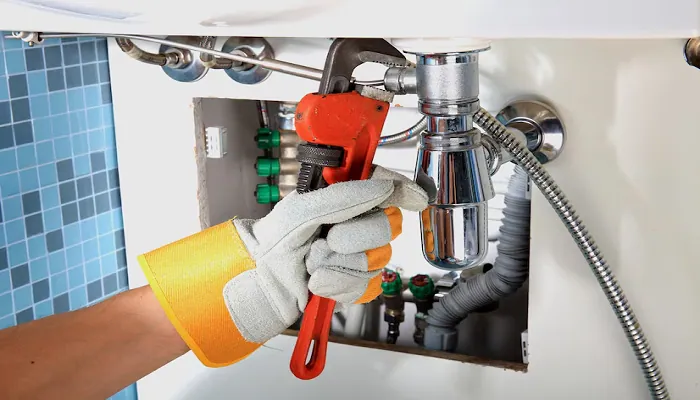
Importance of Regular Maintenance
Preventive plumbing maintenance is essential for keeping your home's plumbing system in good working order. Regular maintenance helps to catch small problems before they turn into major issues, saving you time, money, and the hassle of dealing with unexpected plumbing emergencies. Just like maintaining your car, taking care of your plumbing system regularly ensures that everything runs smoothly and efficiently.
Simple Steps Homeowners Can Take
- Check for Leaks: One of the simplest and most effective maintenance tasks is to regularly check for leaks. Inspect under sinks, around toilets, and near appliances like dishwashers and washing machines. Even a small, unnoticed leak can cause significant damage over time, leading to costly repairs.
- Clean Drains Regularly: Drains can easily become clogged with hair, soap scum, and other debris. To prevent this, clean your drains regularly. You can use a simple mixture of baking soda and vinegar to flush out minor clogs or buildup. Pour the mixture down the drain, let it sit for a few minutes, and then flush it with hot water. This helps to keep your drains clear and reduces the risk of clogs.
- Inspect Your Water Heater: The water heater is an important part of your plumbing system. Regularly check it for signs of wear, leaks, or corrosion. Flushing the tank at least once a year helps remove sediment that can build up over time, which can improve the efficiency and lifespan of the heater.
- Maintain Proper Water Pressure: High water pressure can put a strain on your pipes, leading to leaks or even bursts. Install a water pressure gauge to monitor your home's water pressure. If it’s too high, consider installing a pressure-reducing valve.
- Insulate Pipes: In colder climates, it's essential to insulate exposed pipes to prevent them from freezing during the winter. Frozen pipes can burst, causing significant water damage. Use foam pipe insulation to cover any pipes in unheated areas, such as basements, attics, or crawl spaces.
Upgrading Plumbing Systems
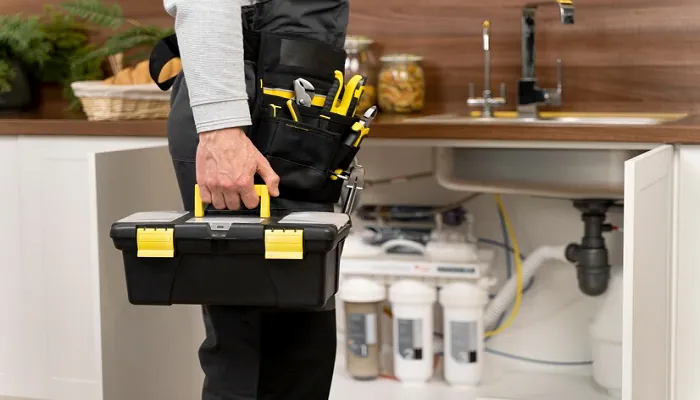
Benefits of Modernizing Old Plumbing Fixtures and Systems
Upgrading your plumbing system can offer many benefits, especially if your home has older fixtures and pipes. Modern plumbing fixtures are designed to be more water-efficient and durable, which can lead to significant savings on your water bills and reduce the risk of leaks or other issues. By replacing outdated fixtures with newer models, you can improve the overall performance and reliability of your plumbing system. Modern upgrades can also enhance the aesthetic appeal of your home, making it look more up-to-date and increasing its value.
In addition to water savings, newer plumbing systems are often built with materials that are less prone to corrosion and wear, reducing the likelihood of needing frequent repairs. This means less hassle and fewer unexpected plumbing emergencies. Upgrading your plumbing system is also an opportunity to address any existing issues, such as low water pressure or inefficient water heaters, which can be easily resolved with newer technology.
Considerations When Choosing Water-Efficient and Durable Fixtures
When upgrading your plumbing system, it's important to choose fixtures and components that are both water-efficient and durable. Here are a few considerations to keep in mind:
- Water Efficiency: Look for fixtures that are labeled as "WaterSense" certified. These products meet the Environmental Protection Agency's (EPA) criteria for water efficiency and performance, using at least 20% less water than standard fixtures. Water-efficient toilets, showerheads, and faucets can help reduce your household's water usage without sacrificing performance.
- Durability: Choose fixtures made from high-quality materials, such as stainless steel or brass, which are known for their durability and resistance to corrosion. Avoid cheaper, plastic components that may not last as long and could lead to leaks or other issues over time.
- Ease of Maintenance: Select fixtures that are easy to clean and maintain. For example, consider faucets with ceramic disc valves, which are more durable and less prone to leaks compared to older compression valve designs.
- Compatibility with Existing Systems: Before making any upgrades, ensure that the new fixtures are compatible with your existing plumbing system. This may involve checking pipe sizes, water pressure requirements, and installation processes.
DIY vs. Professional Plumbing Repairs
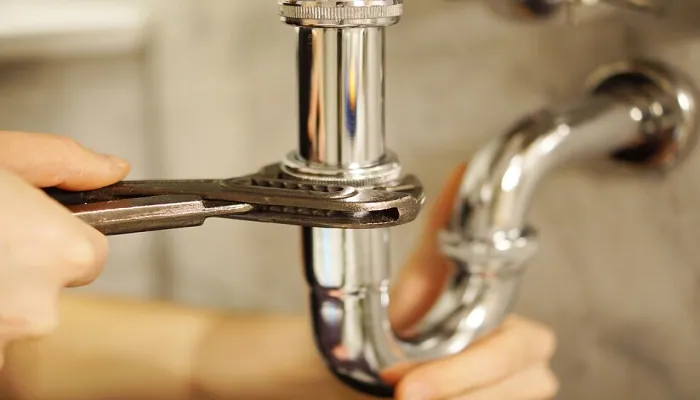
What Tasks Can Be Safely Handled by Homeowners
There are several plumbing tasks that homeowners can safely handle on their own, especially if they have some basic tools and knowledge. Simple jobs like fixing a leaky faucet, unclogging a drain, or replacing a showerhead can often be done without professional help. These tasks usually involve straightforward steps, such as tightening connections, using a plunger, or installing a new fixture.
For example, if you have a small leak under your sink, you can often fix it by tightening the pipes or replacing a worn-out washer. Similarly, minor clogs in sinks or toilets can usually be cleared with a plunger or a drain snake. Replacing old faucet aerators or showerheads with new, water-efficient models is another simple job that most homeowners can manage.
When to Call a Professional Plumber for Complex Issues
While some plumbing repairs are manageable as DIY projects, others require the expertise of a professional plumber. It’s important to know your limits and recognize when a job is too complex or risky to handle on your own.
For instance, if you’re dealing with a major leak, burst pipes, or water heater problems, it’s best to call a professional. These issues can cause significant damage to your home if not addressed correctly. Attempting to fix them without the proper tools or knowledge could make the problem worse, leading to more costly repairs down the line.
Another situation where professional help is needed is when you need to work with gas lines or perform extensive pipe replacements. These tasks require specialized skills and safety precautions that only a licensed plumber should handle. Additionally, if you notice persistent low water pressure, foul odors from your drains, or water discoloration, these could be signs of underlying problems that need expert diagnosis and repair.
Water Conservation Tips
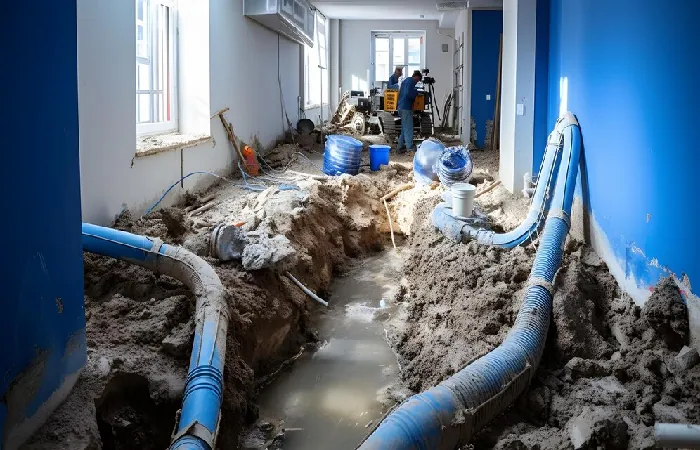
Importance of Water-Saving Practices in Home Plumbing
Water conservation is crucial not only for the environment but also for reducing household expenses. By adopting water-saving practices, homeowners can significantly lower their water usage, which leads to smaller utility bills and a reduced environmental footprint. Efficient water use also helps conserve local water supplies, which is particularly important in areas prone to droughts or water shortages. Implementing simple changes in your plumbing system can make a big difference in how much water your household consumes.
Tips for Reducing Water Usage and Lowering Utility Bills
- Install Low-Flow Fixtures: One of the easiest ways to conserve water is by installing low-flow fixtures in your home. Low-flow showerheads, faucets, and toilets use significantly less water than traditional models without sacrificing performance. For example, low-flow showerheads can reduce water usage by up to 50%, while low-flow toilets use about 1.6 gallons per flush compared to the standard 3.5 gallons.
- Fix Leaks Promptly: A dripping faucet or a leaking toilet can waste a substantial amount of water over time. Even a small leak can add up to gallons of water lost each day. Regularly inspect your plumbing fixtures and repair any leaks as soon as they’re detected to avoid unnecessary water waste.
- Use Water-Efficient Appliances: Consider upgrading to water-efficient appliances such as dishwashers and washing machines. Many modern appliances are designed to use less water while still providing excellent performance. Look for appliances with the ENERGY STAR label, which indicates they meet strict efficiency guidelines.
- Be Mindful of Water Use: Simple habits like turning off the tap while brushing your teeth, taking shorter showers, and only running dishwashers and washing machines with full loads can significantly reduce water usage. Educating your family members about the importance of conserving water can also encourage mindful water use throughout the household.
- Install a Rain Barrel: If you have a garden, consider installing a rain barrel to collect rainwater for outdoor use. This free source of water can be used for watering plants, cleaning outdoor surfaces, or even washing your car, reducing your reliance on municipal water.
Dealing with Emergencies
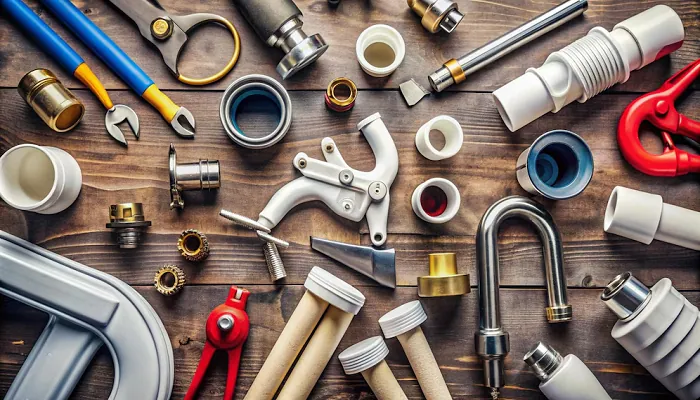
Steps to Take in a Plumbing Emergency
When a plumbing emergency occurs, quick action is essential to minimize damage and resolve the issue effectively. Here are the key steps to handle common plumbing emergencies, such as burst pipes or major leaks:
- Identify the Problem: Quickly determine the source of the emergency. Is it a burst pipe, a major leak, or a clogged drain? Understanding the problem helps you decide the appropriate actions to take.
- Shut Off the Water Supply: The first and most critical step is to turn off the water supply to prevent further damage. Locate the main water shutoff valve, which is usually found in the basement, crawl space, or near the water meter. Turning this valve clockwise will stop the flow of water. In cases where the problem is localized, such as a leaking sink or toilet, you may only need to turn off the specific shutoff valve for that fixture.
- Drain the Pipes: After shutting off the water, open faucets and flush toilets to drain any remaining water in the pipes. This will help reduce the amount of water that can spill out and cause damage.
- Contain the Leak: Use towels, buckets, or plastic sheeting to contain and catch any water that is still leaking. This helps to limit water damage to your floors and other belongings. If the leak is severe, you may need to use a temporary patch or sealant to minimize the flow until professional help arrives.
- Call a Professional: Contact a licensed plumber as soon as possible to address the issue. Plumbing professionals have the tools and expertise to handle emergencies safely and effectively. Provide them with detailed information about the problem to expedite the repair process.
Importance of Knowing How to Shut Off the Water Supply
Knowing how to shut off the water supply is crucial in any plumbing emergency. Being able to quickly stop the flow of water can prevent significant damage to your home and belongings. Make sure all household members are aware of the location of the main shutoff valve and how to operate it. Regularly check and maintain the shutoff valves to ensure they are in working condition. In addition, having a basic understanding of where and how to shut off the water supply can save time and reduce stress during emergencies.
In summary, understanding the essentials of home plumbing is crucial for maintaining a well-functioning system. Regular maintenance, timely upgrades, and knowing how to handle emergencies can prevent many common issues and protect your home. Always prioritize preventive care to avoid problems before they escalate. If you encounter complex issues or emergencies, don’t hesitate to seek professional help. Proactive plumbing care not only ensures the smooth operation of your home’s systems but also preserves the integrity and value of your property. Stay informed and take action to keep your plumbing in top shape.
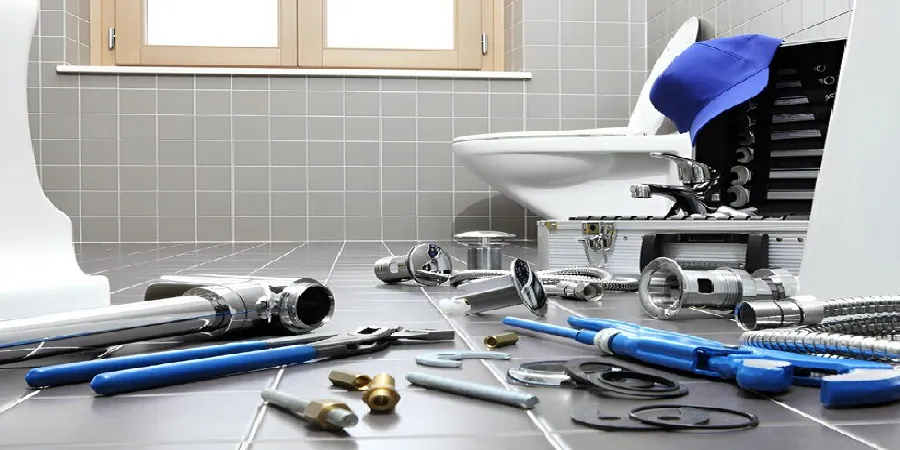
Comments